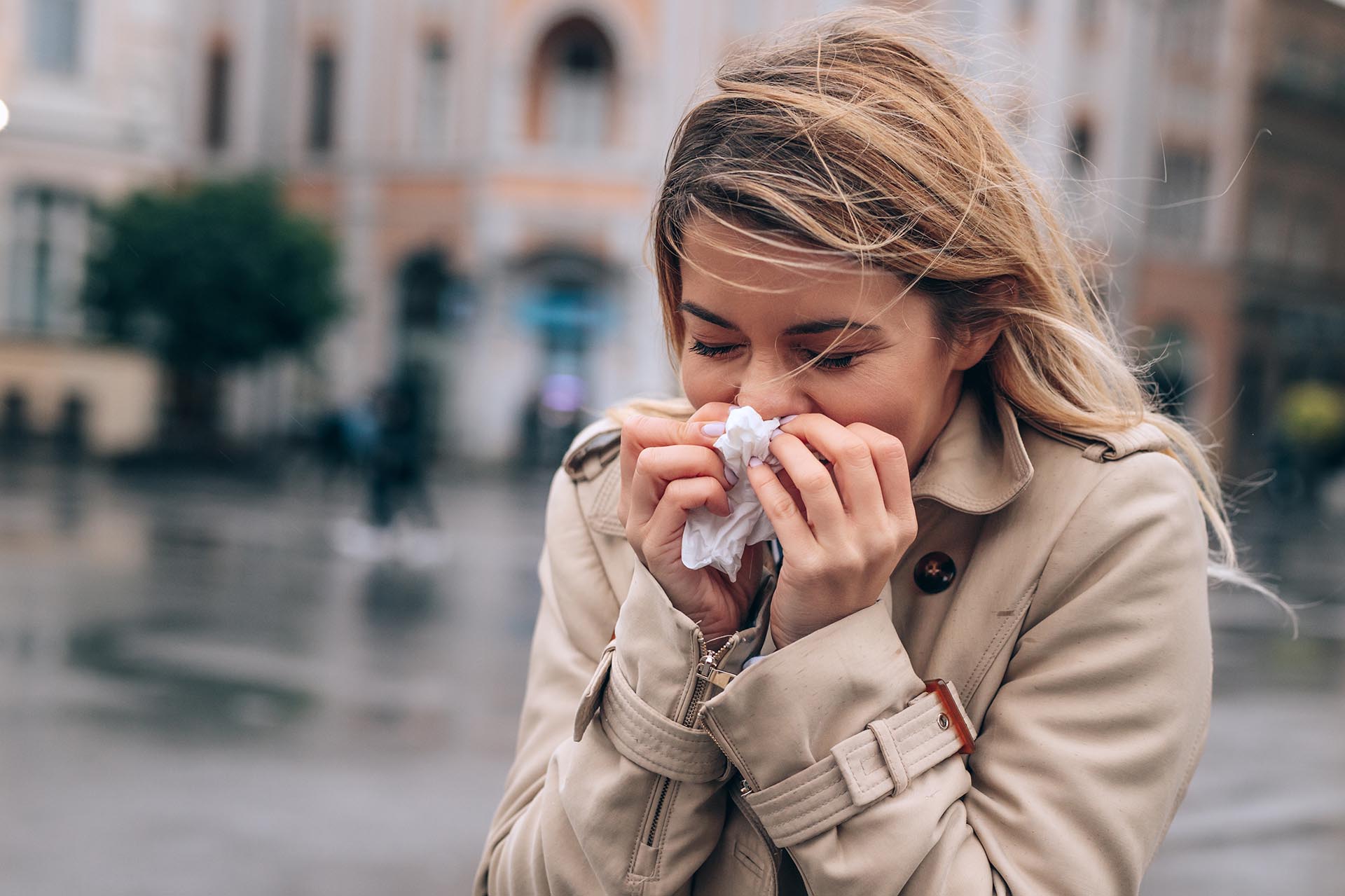Mold is a common household problem that can quickly escalate if left unaddressed. Not only does it look unsightly, but it can also pose serious health risks, especially for those with respiratory issues or allergies. Fortunately, with the right approach, mold removal can be manageable and effective. In this guide, we’ll walk you through the process of safely and efficiently removing mold from your home.
1. Identify the Problem Areas
The first step in mold removal is to identify the areas affected by mold growth. Mold thrives in damp, humid environments, so common areas for mold growth include bathrooms, basements, and kitchens. Look for signs of mold growth such as black spots on walls, ceilings, or around windows and doors.
2. Assess the Severity
Once you’ve identified the problem areas, assess the severity of the mold infestation. Is it a small, localized patch, or has it spread extensively throughout the room? This will help determine the appropriate course of action for removal.
3. Gather Your Supplies
Before you begin the removal process, gather all the necessary supplies. This may include protective gear such as gloves, goggles, and a mask to prevent exposure to mold spores, as well as cleaning supplies such as a scrub brush, detergent, and a disinfectant.
4. Remove the Mold
To remove the mold, start by scrubbing the affected area with a mixture of detergent and water. For stubborn mold growth, you may need to use a commercial mold remover or a solution of bleach and water. Be sure to follow the manufacturer’s instructions carefully and ventilate the area to prevent exposure to fumes.
5. Dry the Area
Once you’ve removed the mold, it’s important to dry the affected area thoroughly to prevent regrowth. Use fans or dehumidifiers to speed up the drying process and ensure that the area is completely dry before replacing any damaged materials.
6. Prevent Future Growth
To prevent mold from returning, take steps to control moisture levels in your home. This may include fixing leaky pipes, improving ventilation, and using a dehumidifier in damp areas. Regularly inspecting your home for signs of mold growth can also help catch any problems early on.
7. Seek Professional Help if Needed
While minor mold infestations can often be handled on your own, more extensive mold growth may require professional assistance. If you’re dealing with a large-scale mold problem or if you have any concerns about the safety of the removal process, don’t hesitate to contact a qualified mold remediation specialist.
Dealing with mold can be a daunting task, but with the right approach, it is entirely manageable. By identifying problem areas, assessing the severity of the infestation, and following the proper removal techniques, you can effectively rid your home of mold and create a healthier living environment for you and your family. Remember to take precautions to protect yourself during the removal process, and don’t hesitate to seek professional help if needed. With persistence and diligence, you can successfully remove mold from your home and prevent it from coming back.



 PuroClean of Syracuse North
PuroClean of Syracuse North